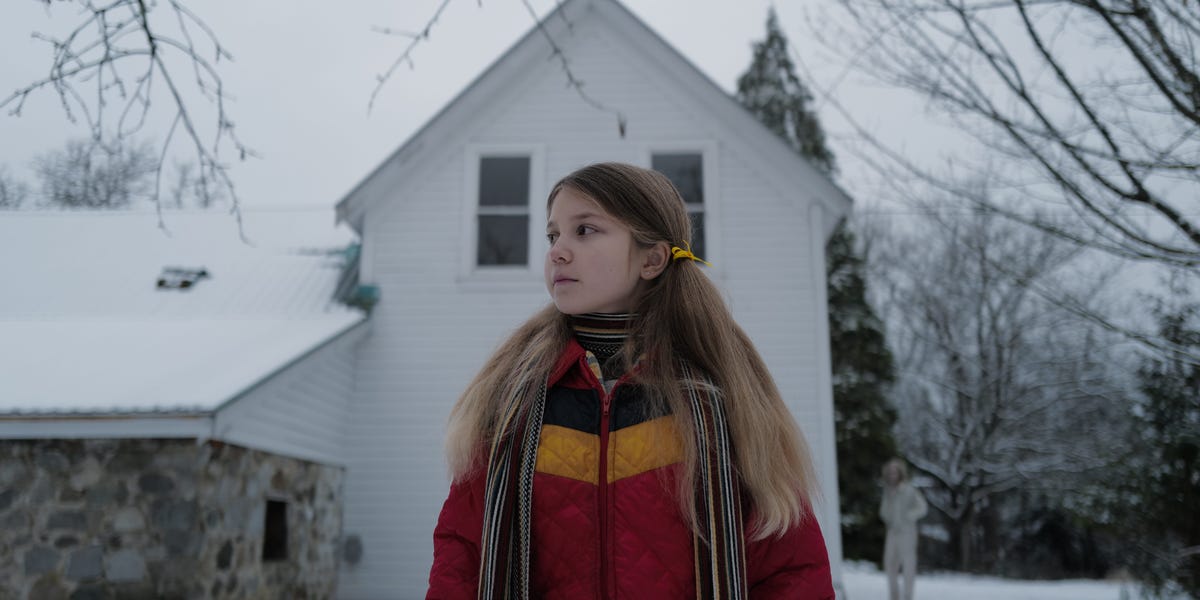Despite all the doom and gloom in Hollywood, there’s optimism coming from a surprising place: indie films.
A strong box office this year has buoyed films like Neon’s “Longlegs” and “Cuckoo” in the horror genre, which is particularly popular with young people (and best watched in a communal setting). There’s also A24’s thriller “Civil War,” and Magnolia Pictures’ action-comedy “Thelma.”
Sure, they’re not financial blockbusters when measured against this year’s big franchise films like “Despicable Me 4,” “Deadpool & Wolverine,” and “Inside Out 2.”
They also didn’t seem destined to be obvious commercial hits, and yet, they’re successes by specialized film standards. “Longlegs” barely promoted its biggest star, Nicolas Cage, and is the year’s biggest indie film, grossing over $100 million worldwide. “Thelma,” about an 83-year-old tracking down her phone scammer, became Magnolia’s highest-grossing narrative feature.
…
“Coming out of COVID and post-peak streaming, it’s become evident again indie film can succeed in a big way in theaters,” said Shawn Robbins, founder and owner of Box Office Theory, a movie industry analysis firm. “There have always been studios making these kinds of films, but distribution strategies, marketing, largely through social media, have changed the game.”
The summer box office rebound from a soft spring, with releases that targeted a wide range of moviegoers, has lifted all film boats. Anecdotally, more indie projects have been moving forward since the spring, said Seth Needle, a cofounder of Blue Harbor Entertainment, a film marketer and distributor.
“There’s been really strong box office from independents; it certainly shows the ceiling that exists for an independent film that’s well made and well marketed. In the past, you’d see all that at the expense of independents,” Needle said, referring to franchises’ success.
…
Yet not all indie filmmakers are convinced the economics have fundamentally changed. Netflix and the other big streamers are still not buying the same number of films they used to, and ones made at the mid-budget level are on the wane. Film sales from the Toronto Film Festival, a closely watched barometer of the indie industry’s health, have been muted.
Buying behaviors are still making it tough for indie filmmakers, said Ken Kao, cofounder and president of Waypoint Entertainment.
“They’re still dictating movies be made for a certain price, and it’s challenging,” he said. “If it’s an auteur film, it pretty much has to be made for sub $15 [million] if you’re lucky. Almost every single movie I’m making right now, I’m figuring out how to compress the budget. We’re rerouting to Eastern Europe to make them. It’s all a function of these studios not wanting to pay for midsize independent films. I don’t feel like that was the case 10 to 15 years ago.”



And don’t forget that they’re not even good. Like, the CGI looks bad, the writing is bad even for action movies, the acting is weird.
It’s a simulacrum of entertainment. Why would I pay 20€ for that?
And on that note, why 20€ for a movie that shows very clearly that hardly any money went into actually making a good movie?